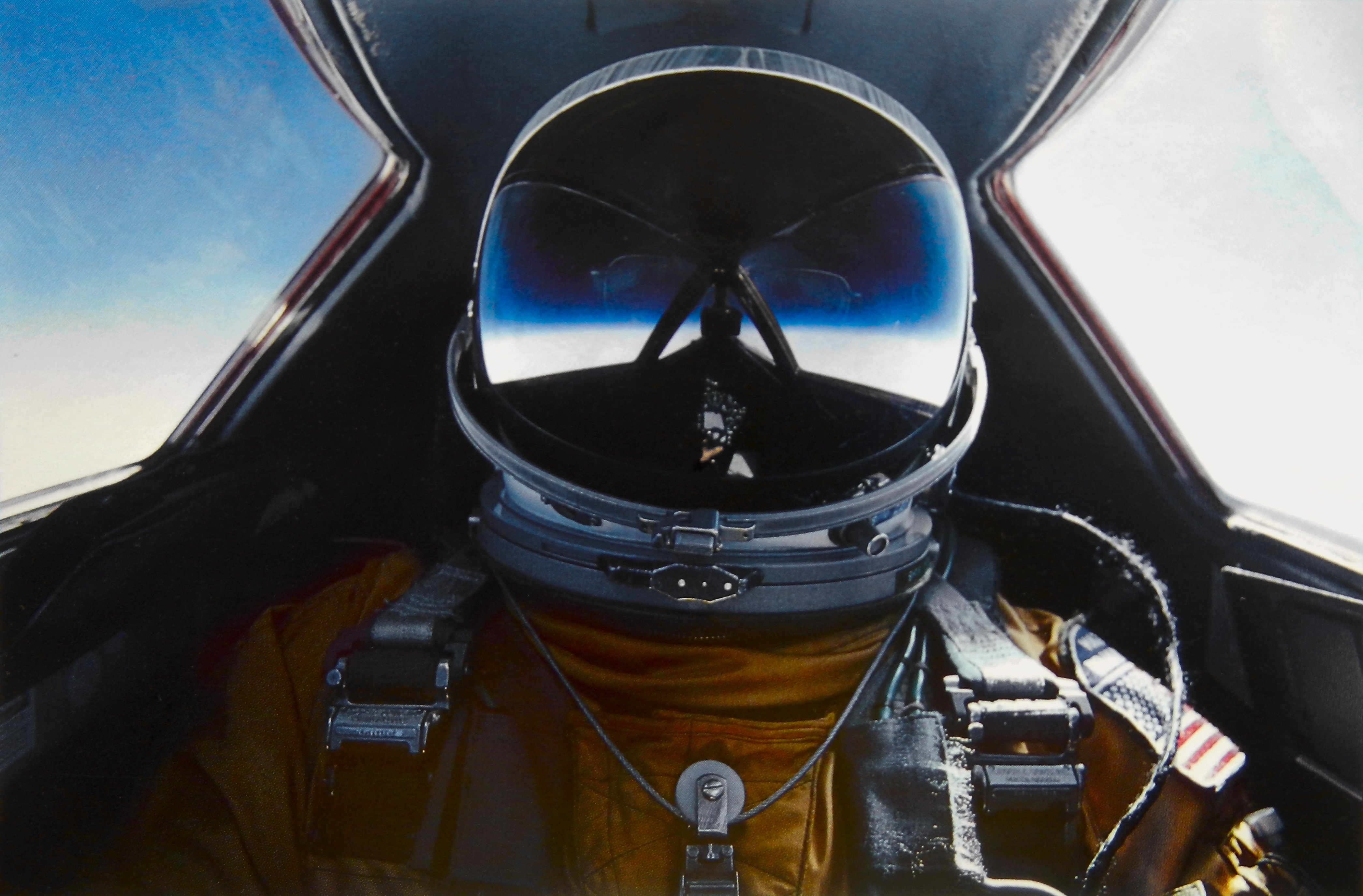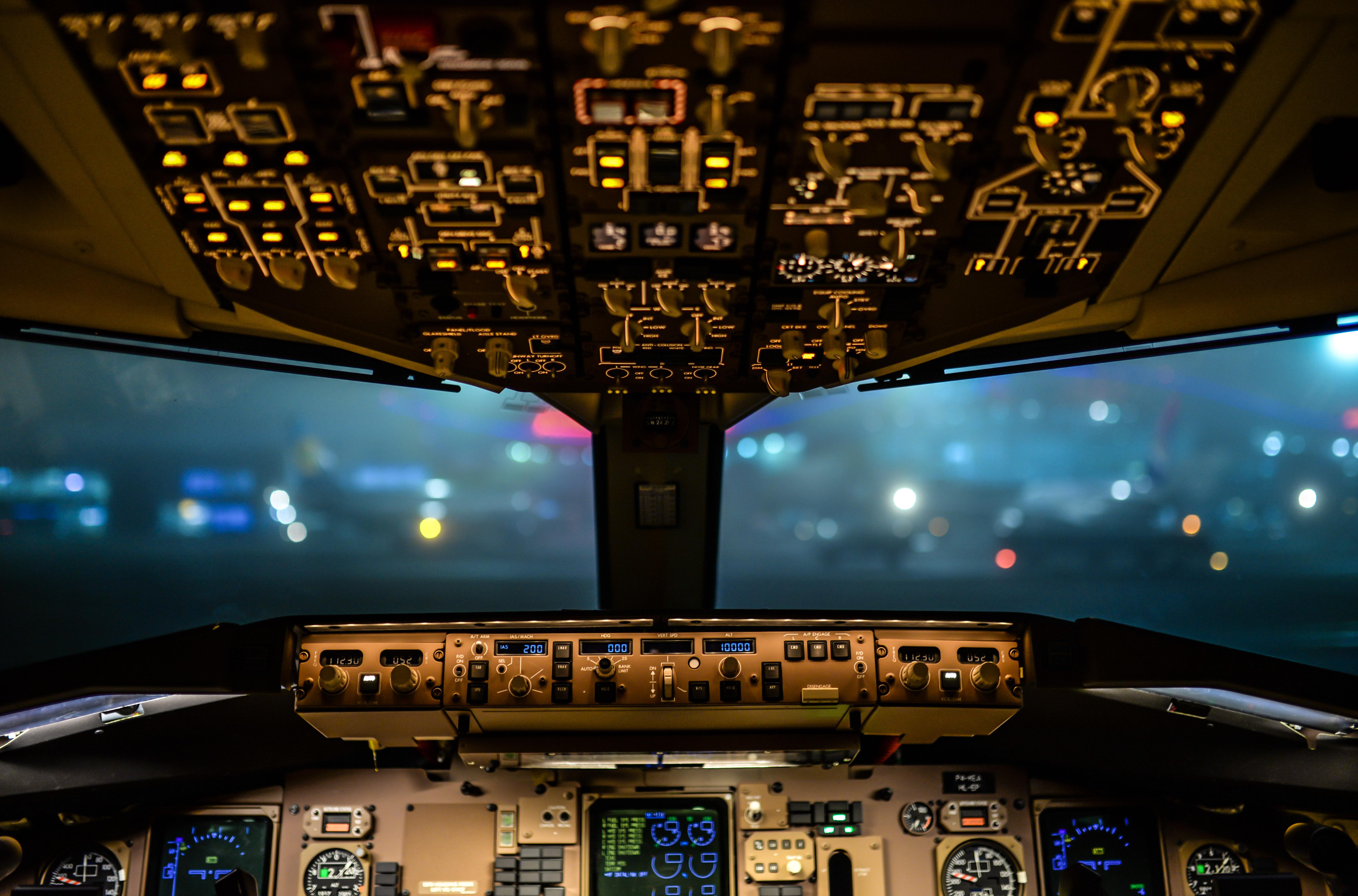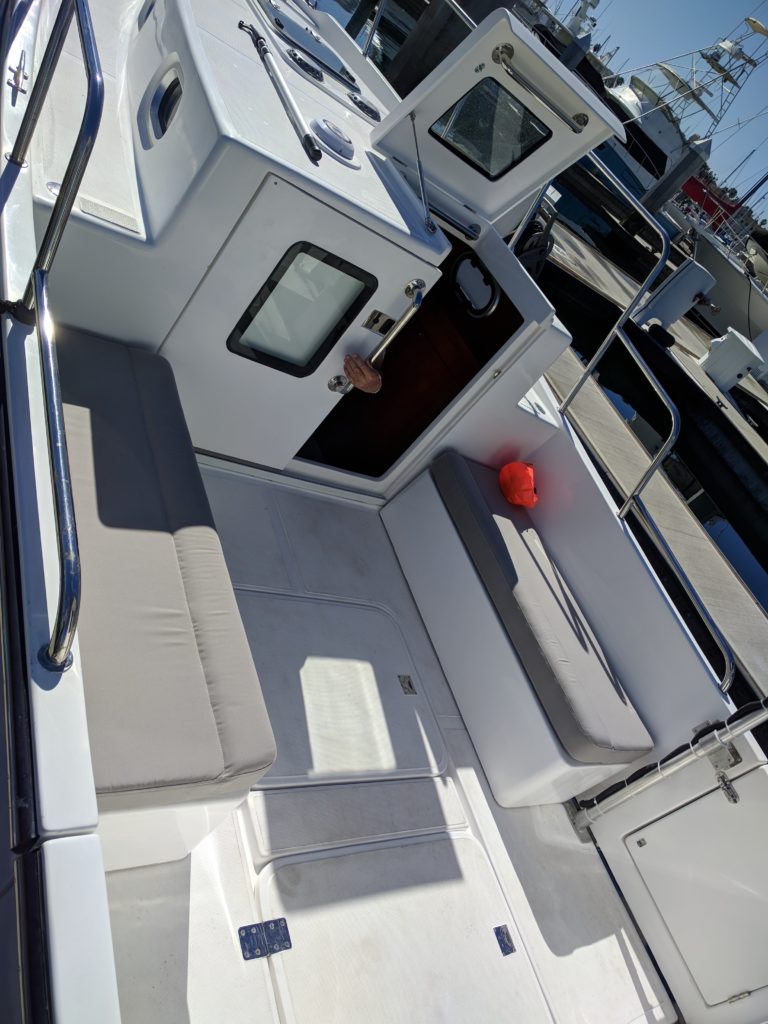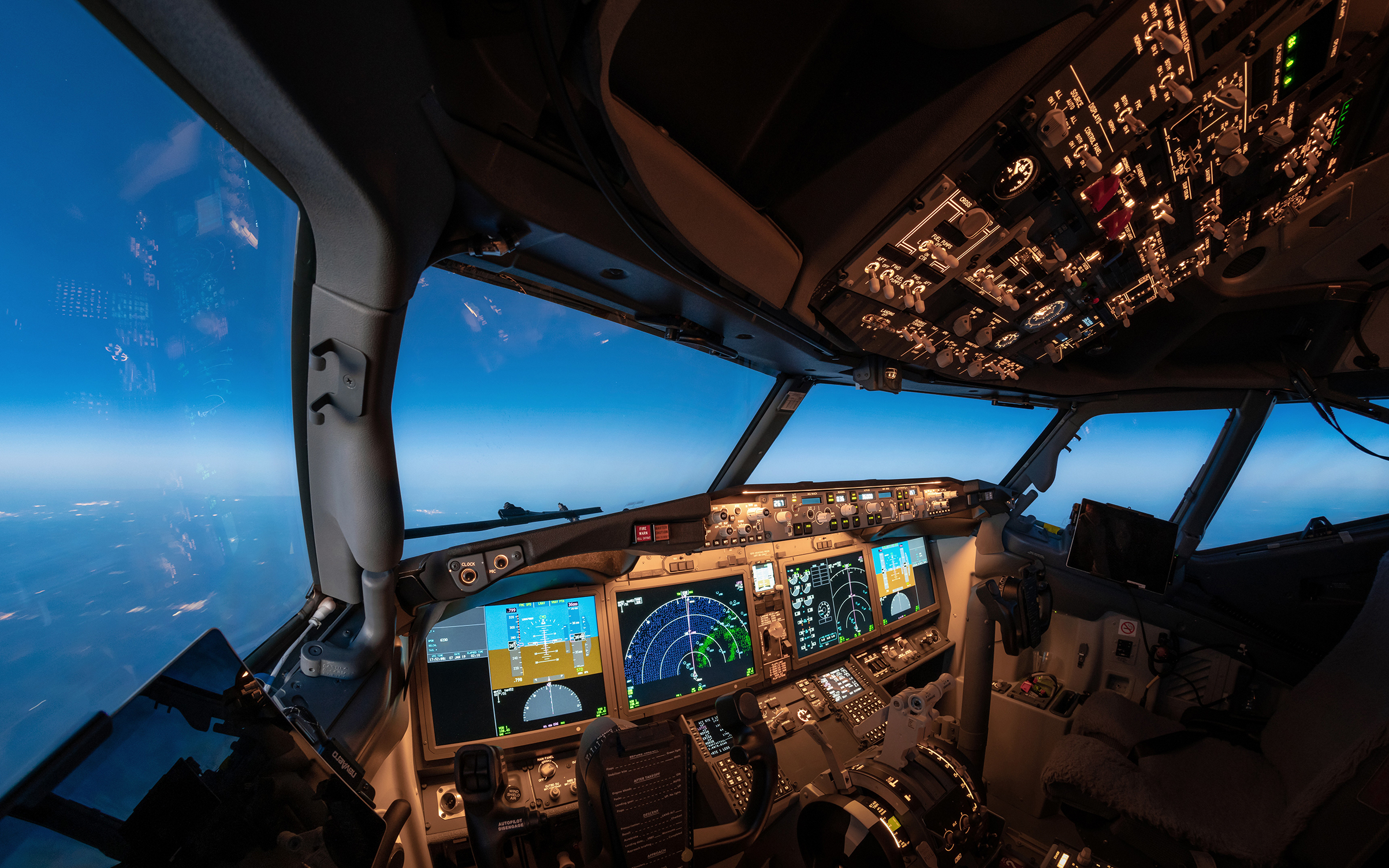
In the mid-1920s many aircraft manufacturers began using enclosed cockpits for the first time.

COCKPIT VIEW WINDOWS
Prior to Perspex becoming available in 1933, windows were either safety glass, which was heavy, or cellulose nitrate (i.e.: guncotton), which yellowed quickly and was extremely flammable. The largest impediment to having closed cabins was the material used to make the windows. Military biplanes and the first single-engined fighters and attack aircraft also had open cockpits, some as late as the Second World War when enclosed cockpits became the norm. The first airplane with an enclosed cabin appeared in 1912 on the Avro Type F however, during the early 1920s there were many passenger aircraft in which the crew remained open to the air while the passengers sat in a cabin. The seat of a powerboat racing craft is also referred to as the cockpit. In the USA and many other countries, however, the term cockpit is also used for airliners. In an airliner, the cockpit is usually referred to as the flight deck, the term deriving from its use by the RAF for the separate, upper platform in large flying boats where the pilot and co-pilot sat.
COCKPIT VIEW DRIVER
įrom about 1935, cockpit came to be used informally to refer to the driver's cabin, especially in high performance cars, and this is official terminology used to describe the compartment that the driver occupies in a Formula One car. This meaning no doubt influenced both lines of evolution of the term, since a cockpit in this sense was a tight enclosure where a great deal of stress or tension would occur.

The original meaning of "cockpit", first attested in the 1580s, is "a pit for fighting cocks", referring to the place where cockfights were held. Thus the word Cockpit came to mean a control center. According to the Barnhart Concise Dictionary of Etymology, the buildings in London where the king's cabinet worked (the Treasury and the Privy Council) were called the "Cockpit" because they were built on the site of a theater called The Cockpit (torn down in 1635), which itself was built in the place where a "cockpit" for cock-fighting had once stood prior to the 1580s. However, a convergent etymology does involve reference to cock fighting.

The same term later came to designate the place from which a sailing vessel is steered, because it is also located in the rear, and is often in a well or "pit". Thus by the 18th century, "cockpit" had come to designate an area in the rear lower deck of a warship where the wounded were taken. The midshipmen and master's mates were later berthed in the cockpit, and it served as the action station for the ship's surgeon and his mates during battle. The word "cockswain" in turn derives from the old English terms for "boat-servant" ( coque is the French word for "shell" and swain was old English for boy or servant). It referred to an area in the rear of a ship where the cockswain's station was located, the cockswain being the pilot of a smaller "boat" that could be dispatched from the ship to board another ship or to bring people ashore. The word cockpit seems to have been used as a nautical term in the 17th century, without reference to cock fighting. After the Septemattacks, all major airlines fortified their cockpits against access by hijackers. In most airliners, a door separates the cockpit from the aircraft cabin. The cockpit of an aircraft contains flight instruments on an instrument panel, and the controls that enable the pilot to fly the aircraft. Swiss HB-IZX Saab 2000 during flight Robin DR400 1936 de Havilland Hornet Moth Cockpit of Cessna 182D Skylane View of a cockpit seen from outside of a British Airways Boeing 747-400 Most Airbus cockpits are glass cockpits featuring fly-by-wire technology. Cockpit of an Airbus A319 during landing Cockpit of an IndiGo A320Ī cockpit or flight deck is the area, usually near the front of an aircraft or spacecraft, from which a pilot controls the aircraft.Ĭockpit of an Antonov An-124 Cockpit of an A380.

For other uses, see Cockpit (disambiguation). This article is about the flight deck of an aircraft.


 0 kommentar(er)
0 kommentar(er)
